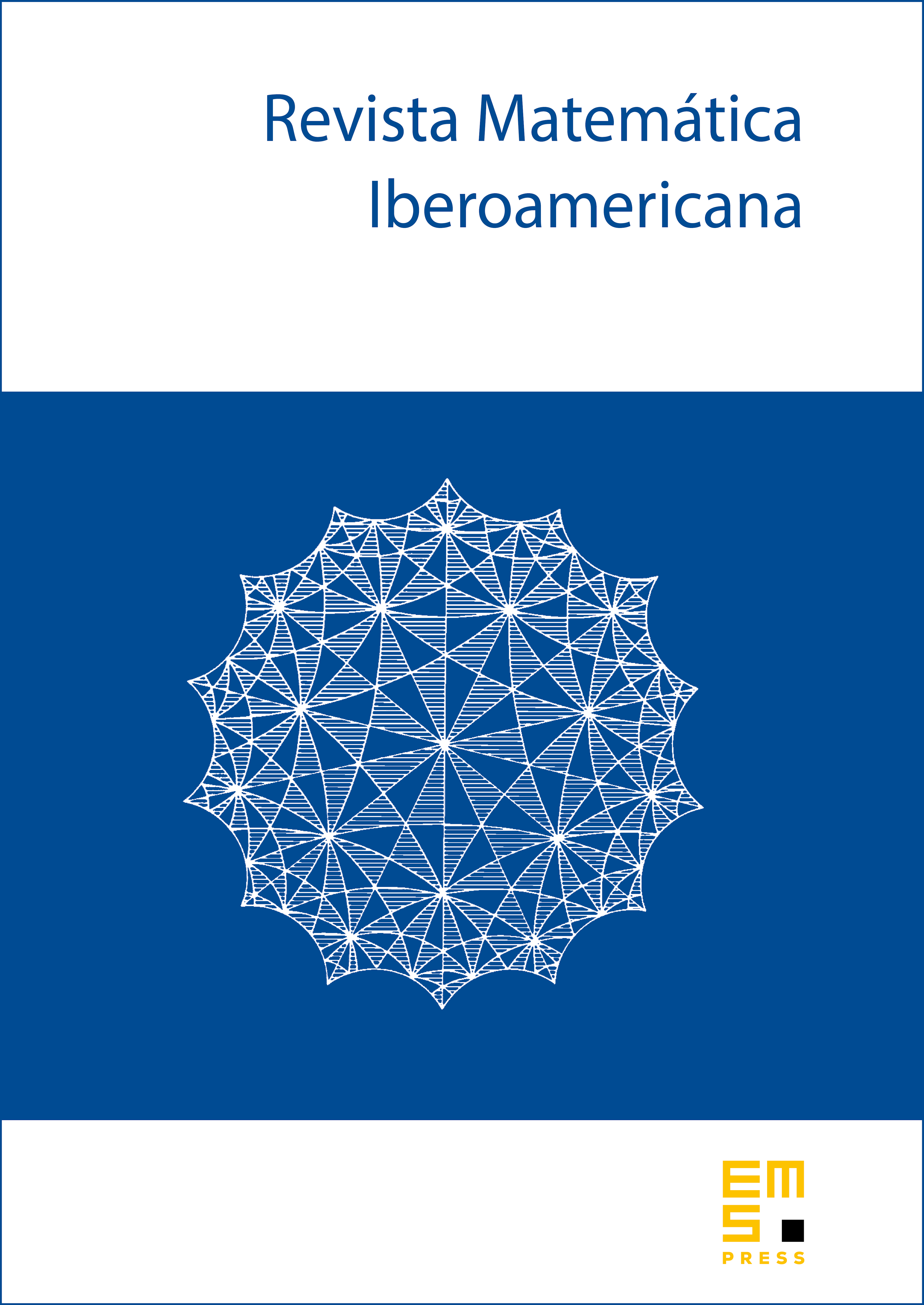Hodge–Dirac, Hodge-Laplacian and Hodge–Stokes operators in spaces on Lipschitz domains
Alan G.R. McIntosh
Australian National University, Canberra, AustraliaSylvie Monniaux
Université d’Aix-Marseille, Marseille, France

Abstract
This paper concerns Hodge–Dirac operators acting in where is a bounded open subset of satisfying some kind of Lipschitz condition, is the exterior algebra of , is the exterior derivative acting on the de Rham complex of differential forms on , and is the interior derivative with tangential boundary conditions. In , and is self-adjoint, thus having bounded resolvents as well as a bounded functional calculus in . We investigate the range of values about for which has bounded resolvents and a bounded holomorphic functional calculus in . On domains which we call very weakly Lipschitz, we show that this is the same range of values as for which has a Hodge (or Helmholz) decomposition, being an open interval that includes 2. The Hodge-Laplacian is the square of the Hodge–Dirac operator, i.e., , so it also has a bounded functional calculus in when . But the Stokes operator with Hodge boundary conditions, which is the restriction of to the subspace of divergence free vector fields in with tangential boundary conditions, has a bounded holomorphic functional calculus for further values of , namely for max where is the Sobolev exponent below , given by , so that . In 3 dimensions, .
We show also that for bounded strongly Lipschitz domains , , in agreement with the known results that in dimension 2, and in dimension 3. In both dimensions 2 and 3, , implying that the Stokes operator has a bounded functional calculus in when is strongly Lipschitz and .
Cite this article
Alan G.R. McIntosh, Sylvie Monniaux, Hodge–Dirac, Hodge-Laplacian and Hodge–Stokes operators in spaces on Lipschitz domains. Rev. Mat. Iberoam. 34 (2018), no. 4, pp. 1711–1753
DOI 10.4171/RMI/1041